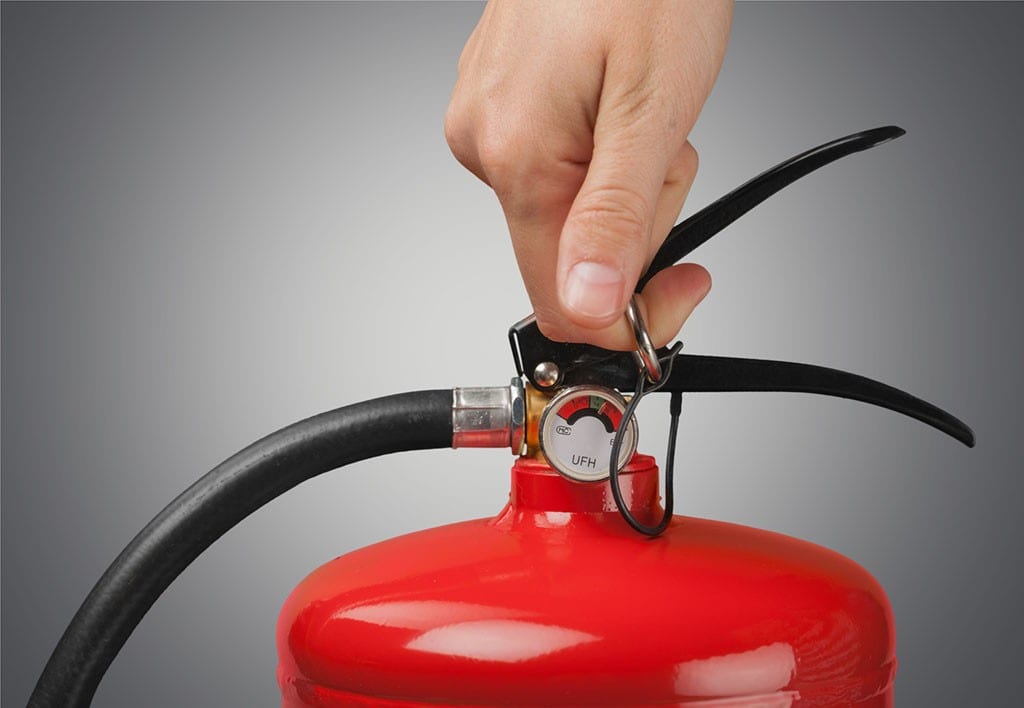Protection against fire is a must for any Sydney company. It’s not just legally required but an opportunity to keep your employees, customers and assets secured. Many of the risks that arise from a fire can be prevented or diminished by the proper precautions. Fire inspections and regular checking of electrical systems, as well as the compliance with CFSP standards all contribute to create a safe environment.
The importance of fire inspections for safety
Fire inspections are the initial step to protect against dangers. They ensure that every part of a building’s protection system is in place and up to date. In Sydney, most businesses have to conduct inspections each six or twelve months, depending on the kind of building and council regulations. The inspections usually cover everything including fire alarm panels and sprinkler systems, to smoke alarms, fire hydrants, extinguishers, and emergency lighting.

The ability to detect the hidden problems and rectify them before they can cause harm is what makes inspections crucial. A small fault on a fire hydrant or a smoke detector that is blocked may appear insignificant at first but in a situation of emergency, such faults can cost lives. Regular inspections of fire hazards are a proactive method for business owners to not only fulfill the requirements of their compliance and protect themselves from unexpected disasters.
Test and Tag Testing and Tag
Electrical systems are one of the main cause of workplace fires, which is the reason testing and tagging must be an integral part of a fire safety plan. The procedure involves examining electrical equipment for functionality, safety and conformity, before placing a tag on the item to signify that the item was inspected. For many companies it’s more than a standard procedure it’s a protection against dangers that usually go under the radar.
If not checked, old wiring, defective appliances or worn cables can be fire hazards. By carrying out regular testing and tagging, businesses reduce the possibility of electrical issues that can cause fires. Employees are also assured that the workplace is safe. This builds a sense of confidence and trust in the workplace. In conjunction with fire inspections, testing and tagging offers a comprehensive security plan to reduce risk on several fronts.
The role of CFSP in ensuring Compliance and Certification
Only a Competent Fire Safety Professional (CFSP) located in New South Wales, can be a signer and certify important fire safety documents like Annual Fire Safety Statements. The introduction of CFSP accreditation has raised the standards of fire safety by ensuring that only experts with qualifications assess and verify security measures. For those who own businesses, having the CFSP means that inspections and reports aren’t just routine documents but reliable evaluations carried out by professionals.
The role of a CFSP extends far beyond ticking boxes. They evaluate the condition and performance of the fire protection system, present complete reports and prove conformity with the rules. Without CFSP certification, businesses could face penalties, legal issues, or even shut downs if fire protection measures are found to be insufficient. Partnering with accredited professionals ensures that fire safety systems are maintained properly and compliance requirements are met without unnecessary stress.
Safety in the Fire Service as an Ongoing Engagement
Fire safety is not a one-time obligation but an ongoing responsibility for each business owner. Regular inspections and testing of electrical equipment, in conjunction with proper certification by CFSP ensure a safety cycle that never ends. Beyond compliance with law This continuous process helps create an atmosphere of safety and security in the workplace. Employees can rest assured that evacuation plans have been formulated and smoke detectors are functioning the emergency lighting is checked, and the fire protection system is ready to be used.
The idea of implementing fire safety as continuous procedure rather than checking it off every year not only lowers the risk but also enhances the image of a company. When safety is the top priority customers and clients feel safer. In the long run investing in proactive fire protection will save the company money by preventing costly damages as well as fines and legal fights, while safeguarding the lives of everyone who walks into the building.
Conclusion
Sydney fire safety requires a multi-layered approach that includes fire inspections, testing as well as tagging and certification through a CFSP. Every element plays a critical function in ensuring that businesses comply to regulations and, most importantly, in ensuring that properties and individuals are secured. Companies that place safety as an essential aspect of their work and not just a side note will be able to meet their legal obligations and create a more stable, safe and secure environment.